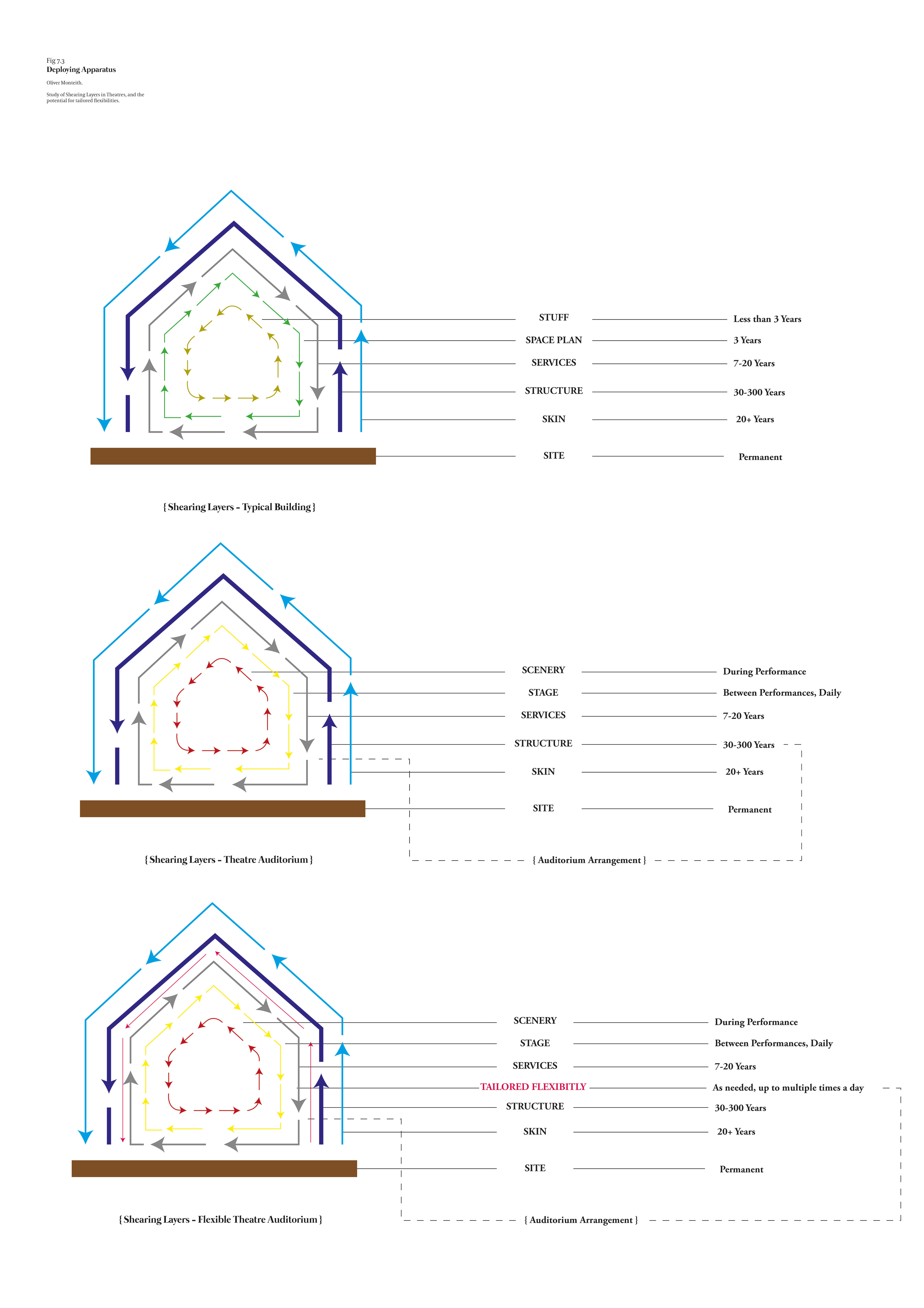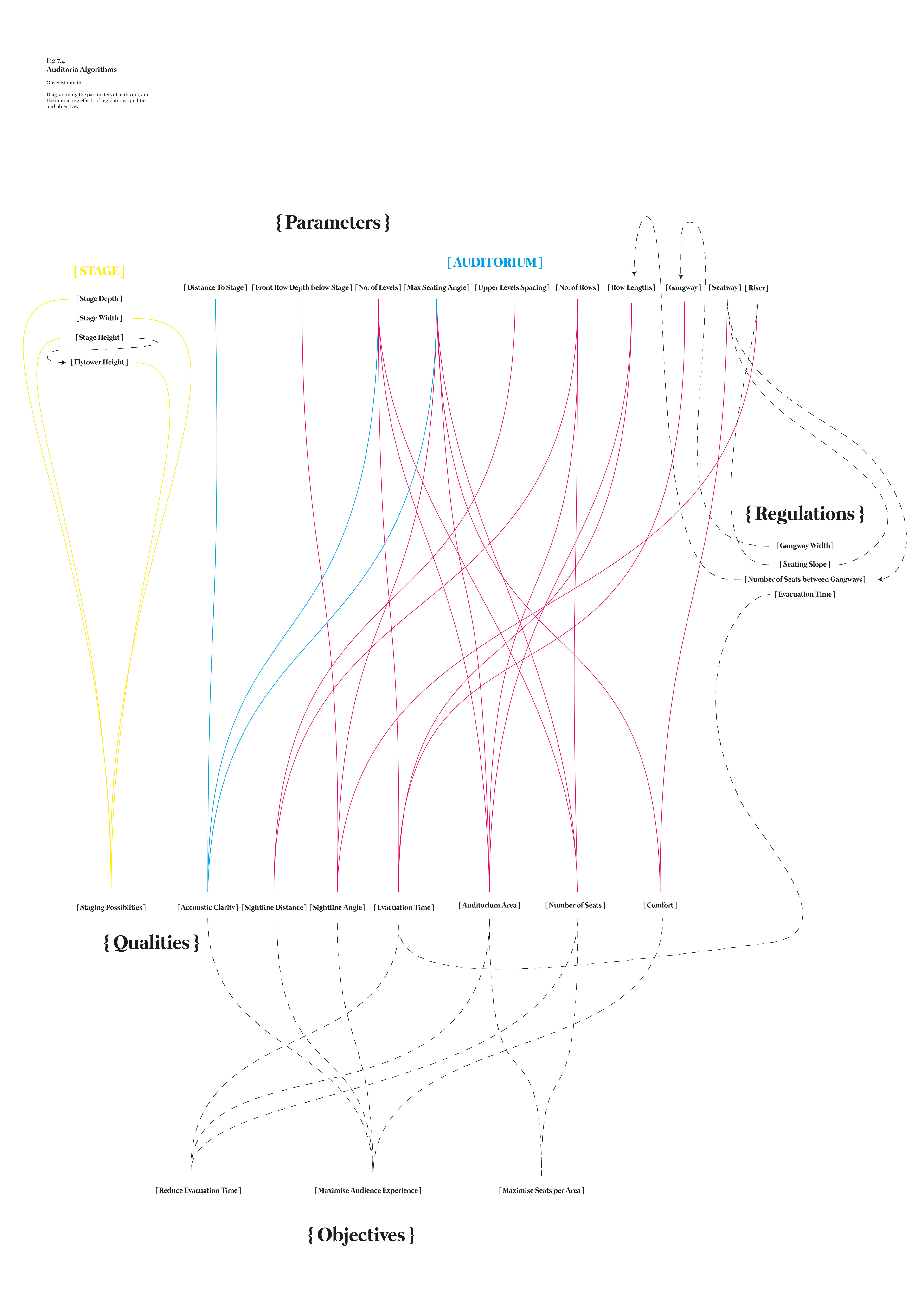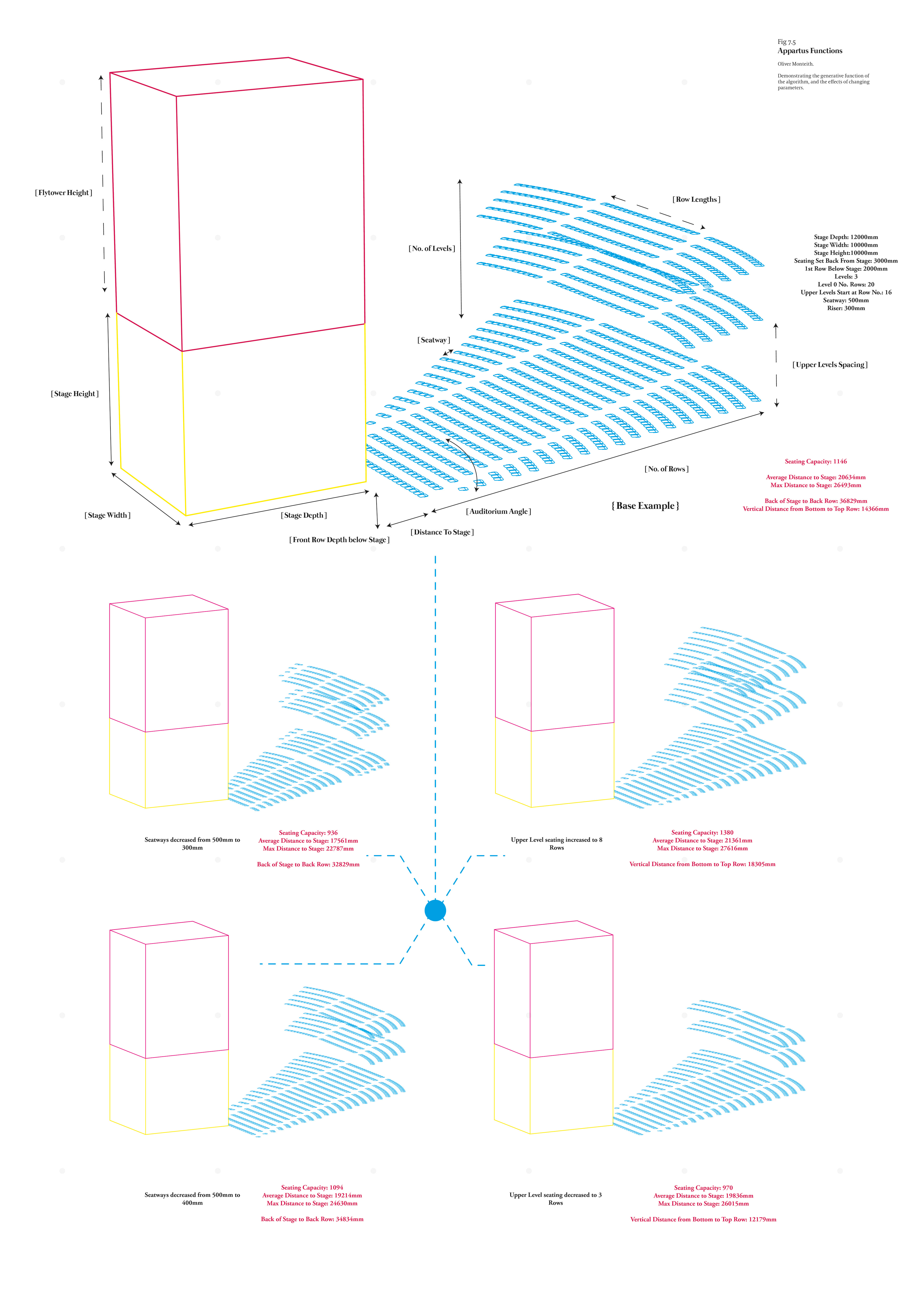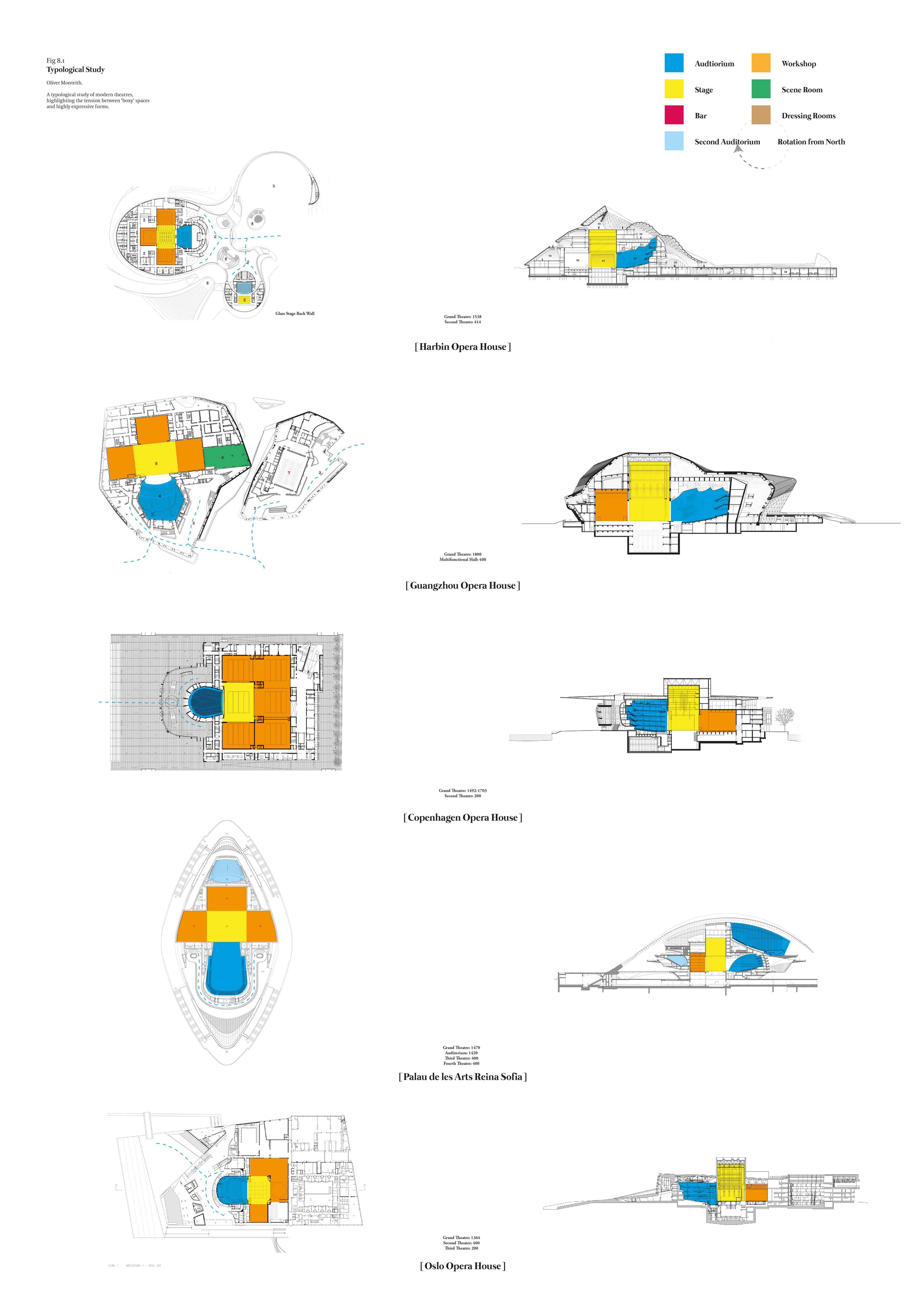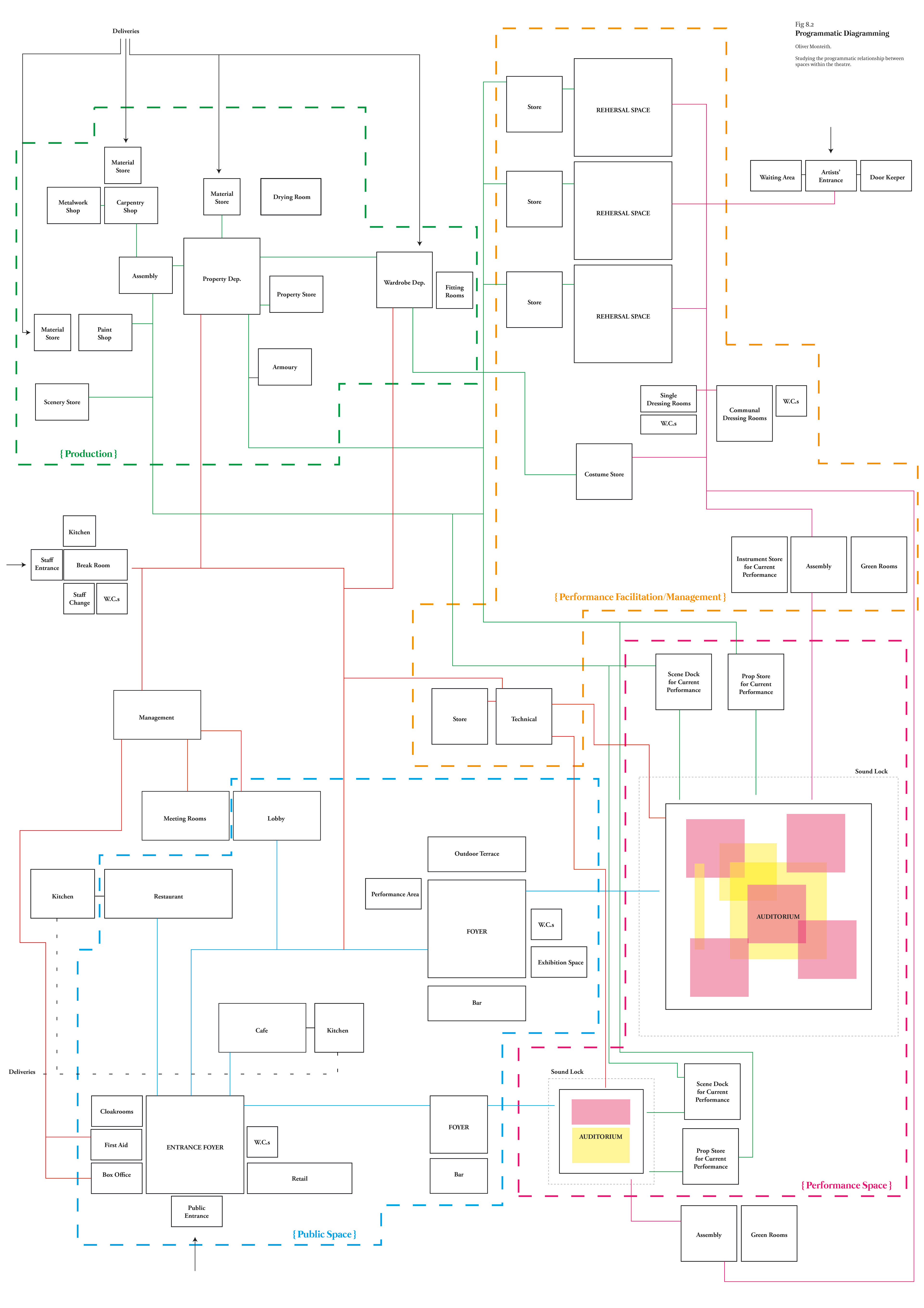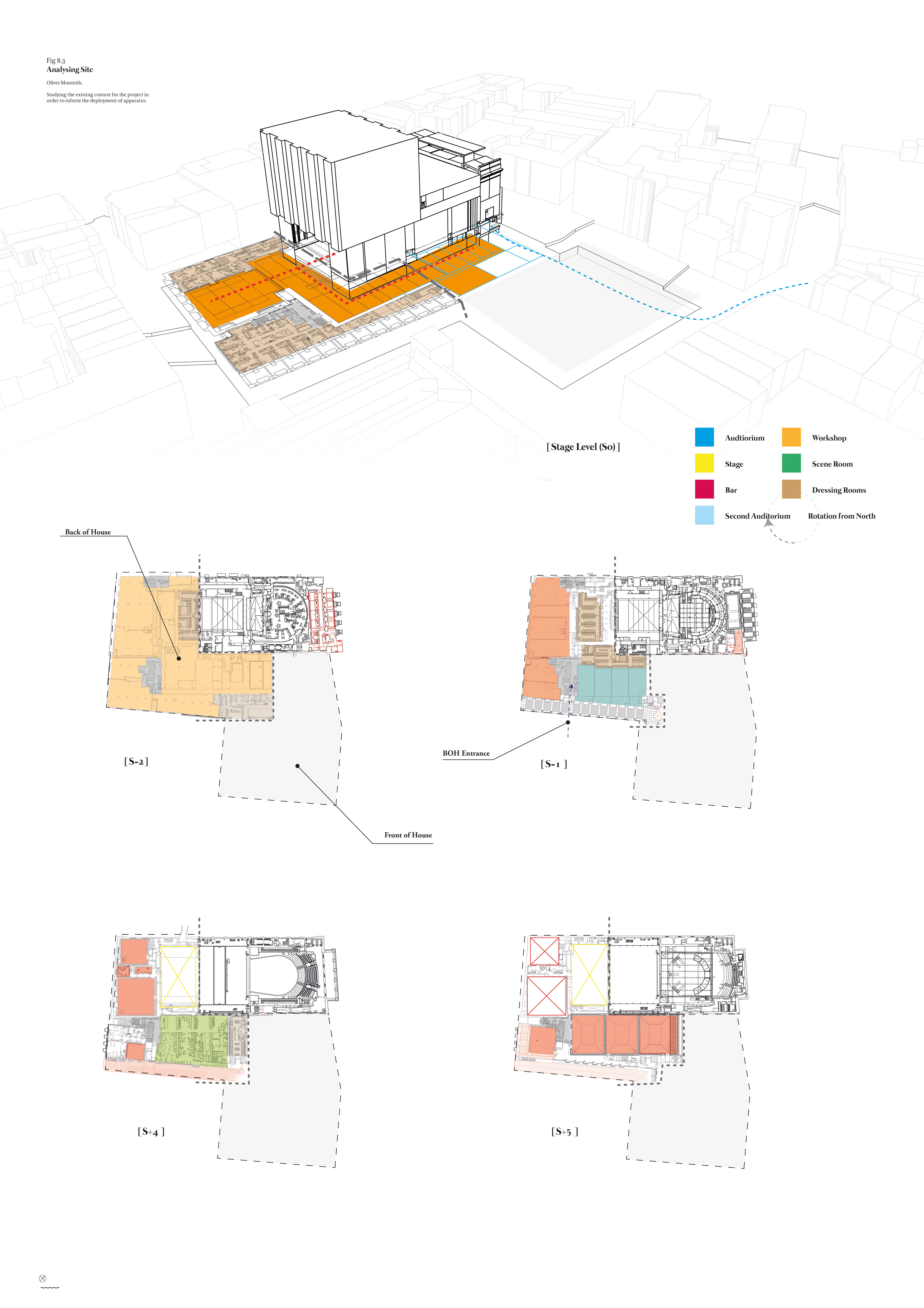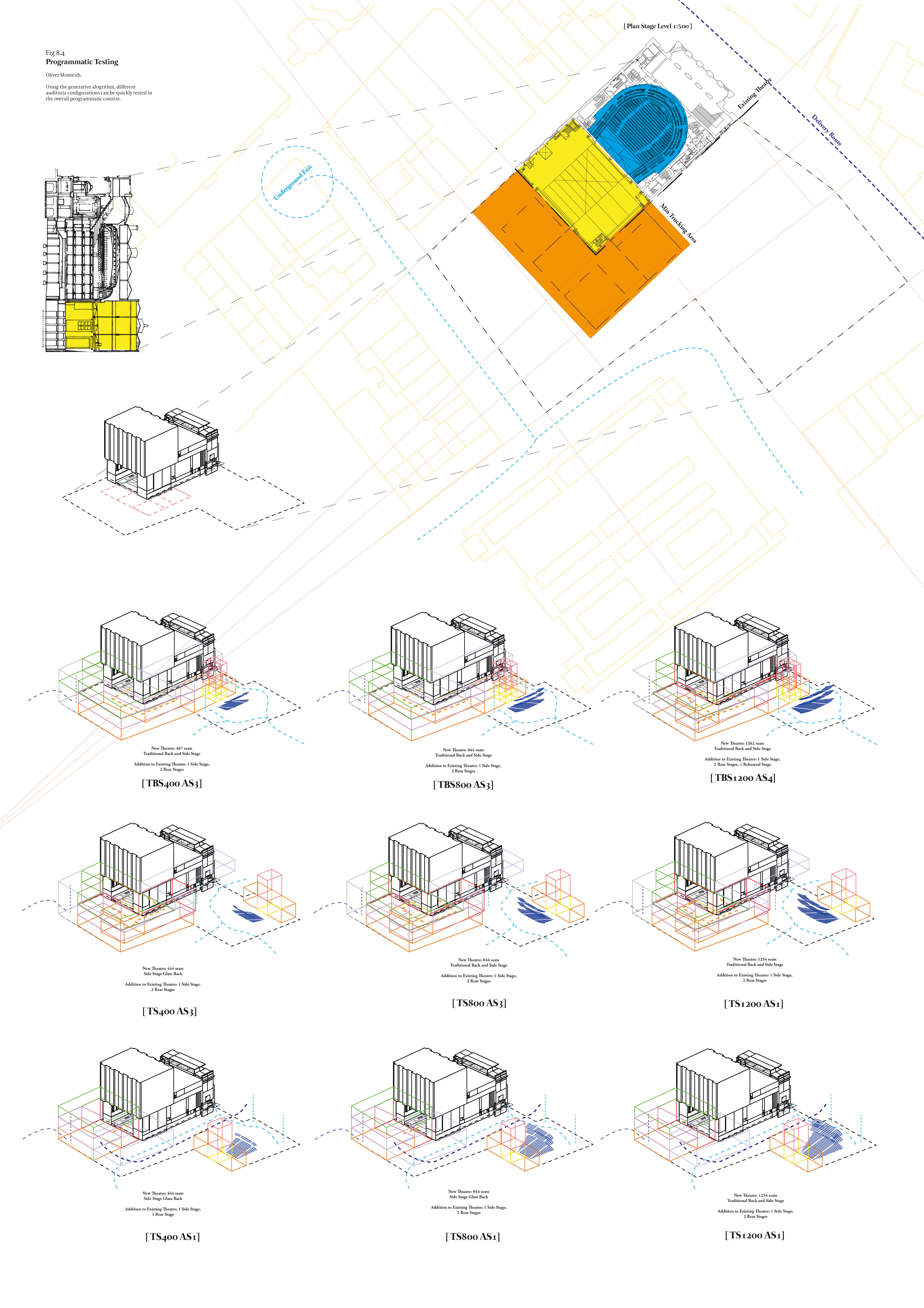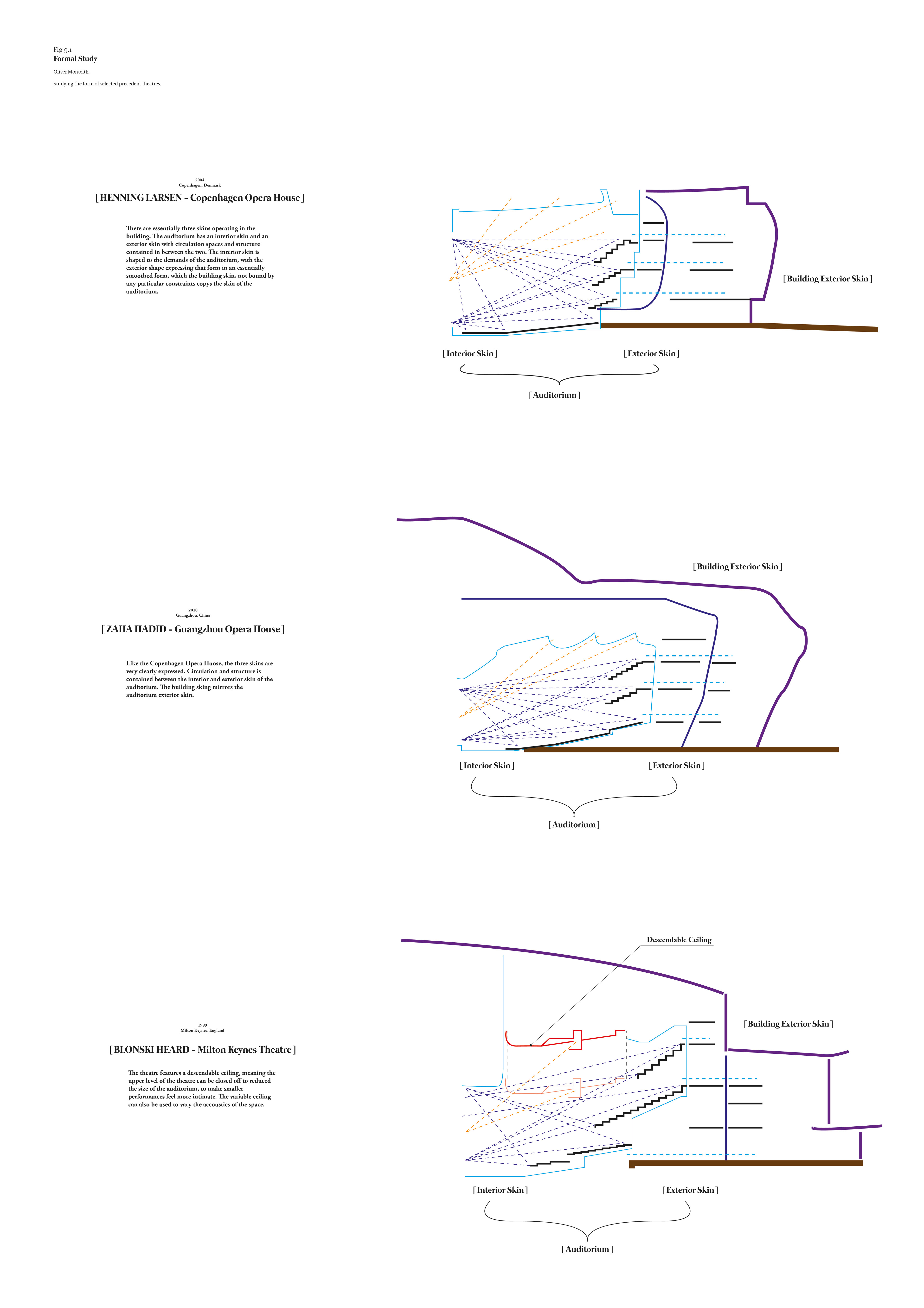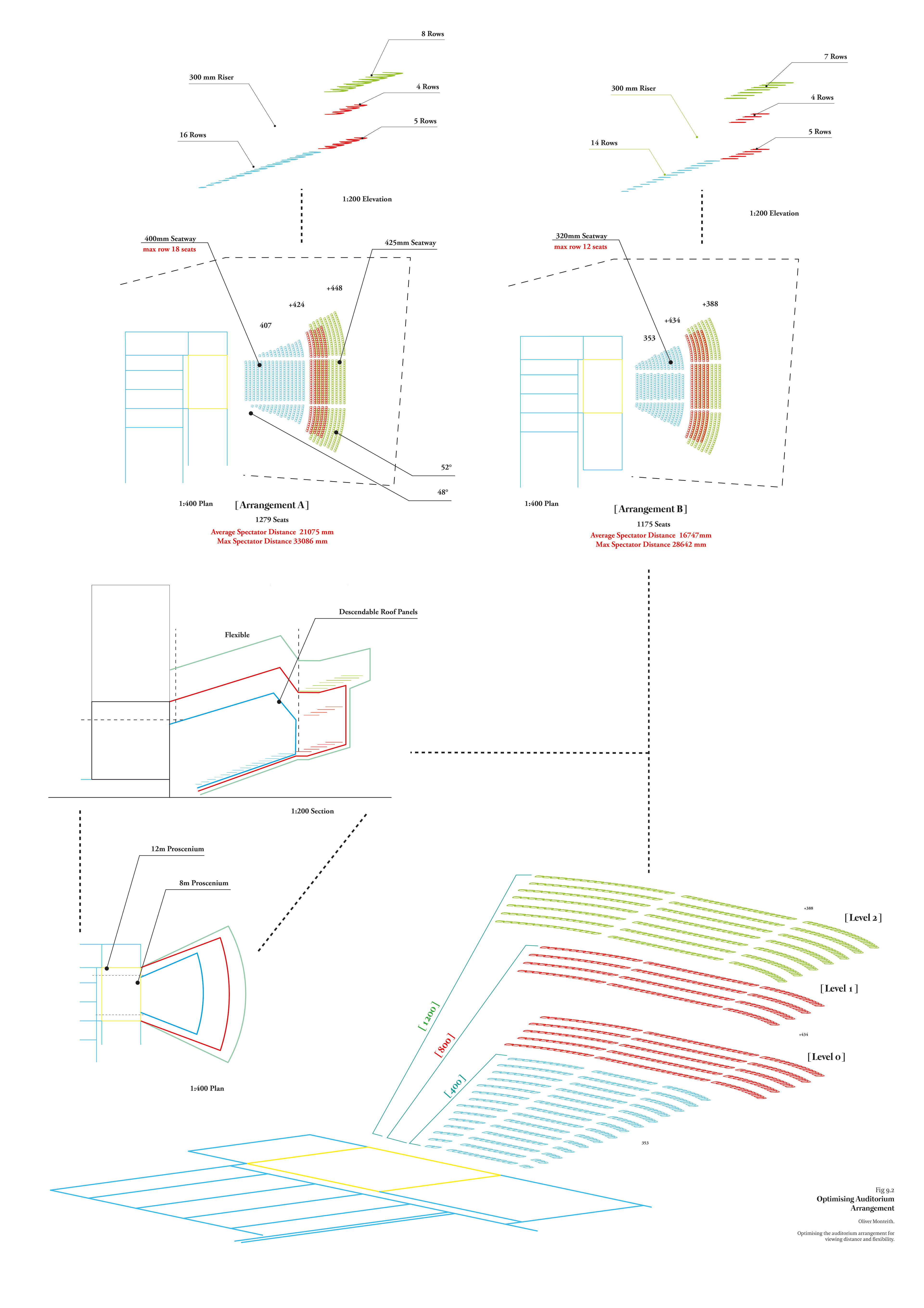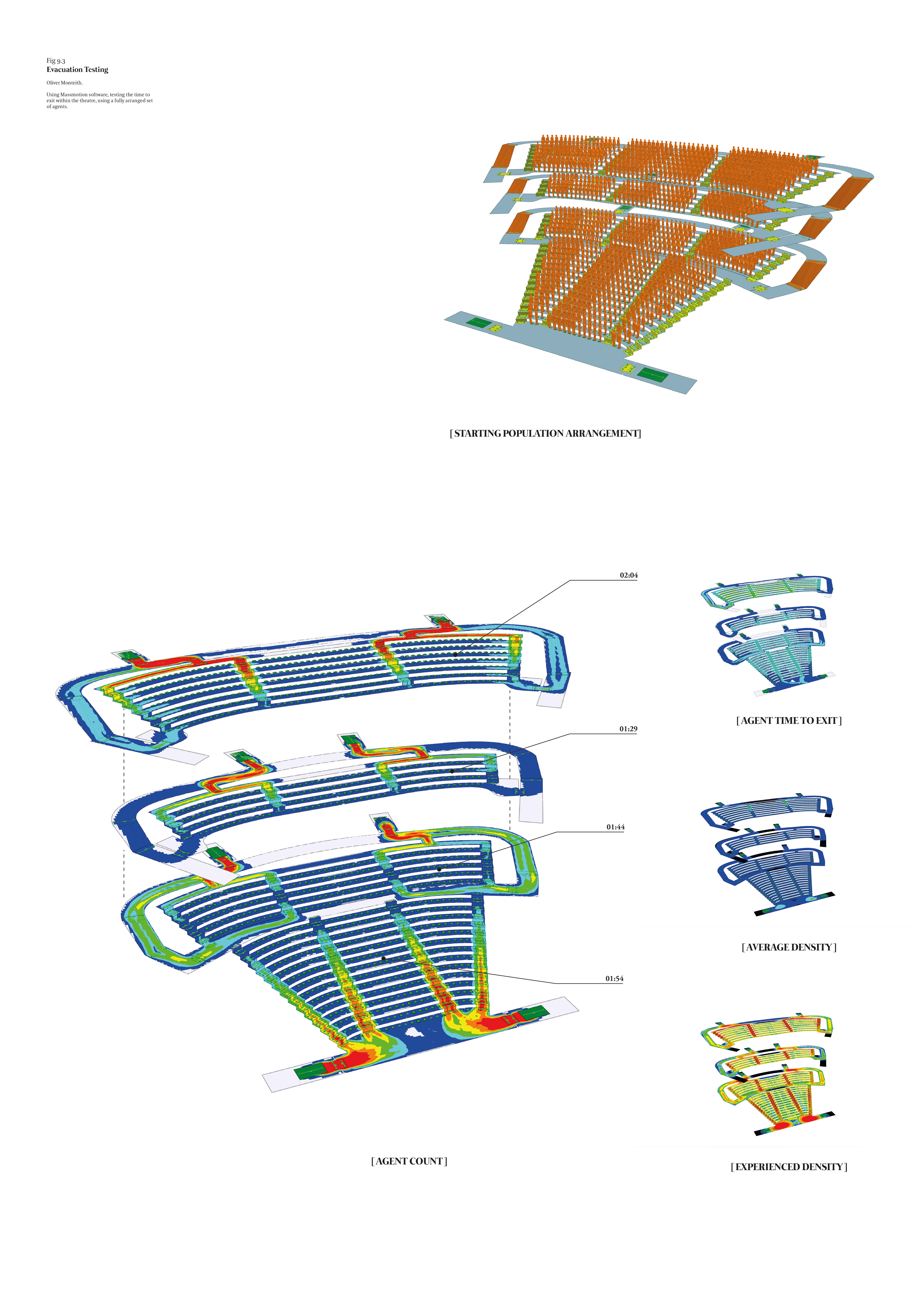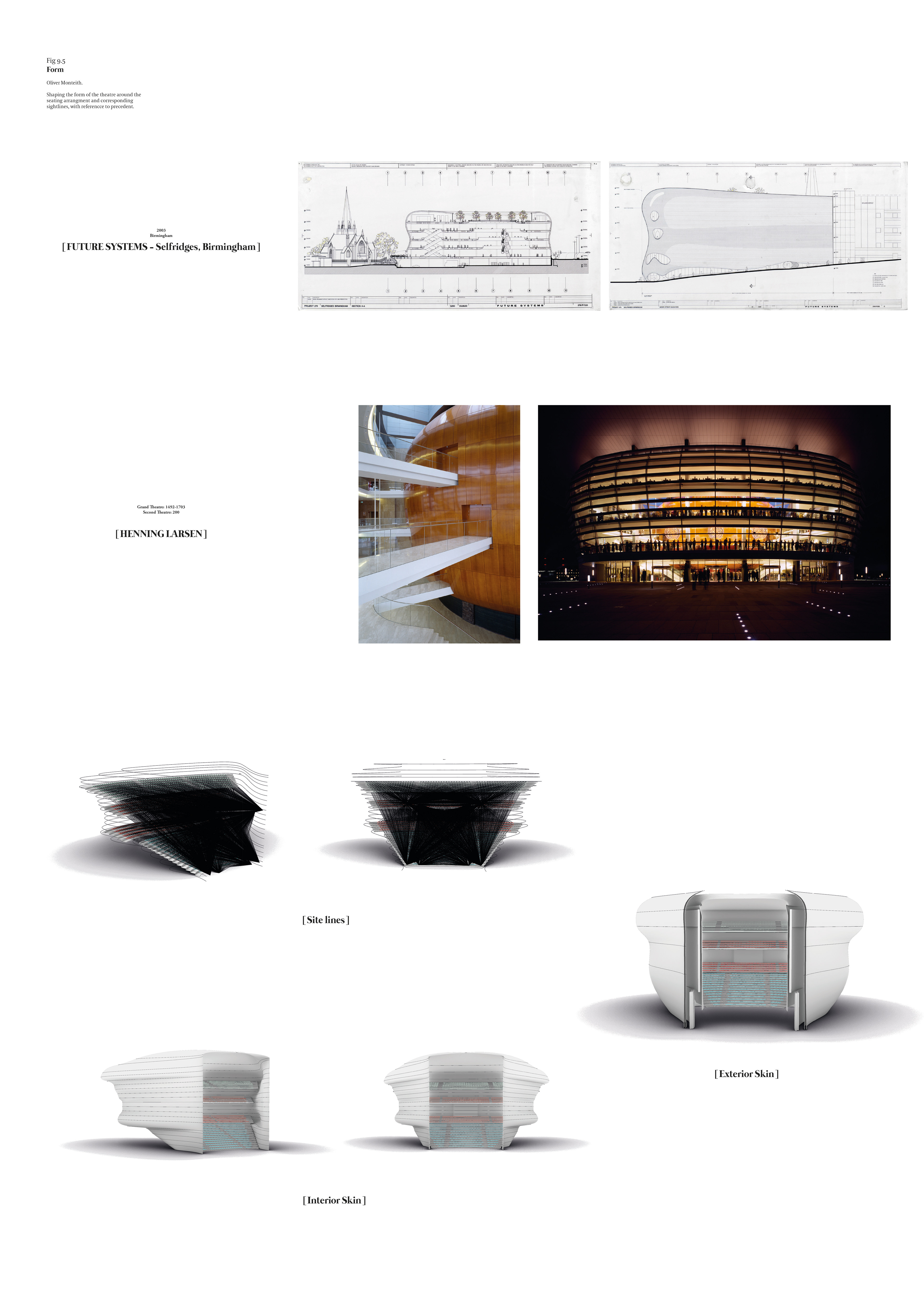In pre-Electric London, frequent catastrophically destructive theatre fires can be speculated to have accelerated the pace at which the architectural typology of the theatre evolved, with fires creating opportunities to rebuild in new forms, and driving architectural change through the quest for more effective fire-prevention. Employing Lamarckian evolution as the framework for architectural typological study, a genealogy of London’s historic theatres can be constructed, where fire is the means of procreation. Within this genealogy lies the potential for tailored flexibilities within new theatre architecture, arising through the continuous evolution of morphology over generations, as well as latent architectural form born out of the physical and regulatory constraints of auditoria.
Accelerant Architecture seeks to effectuate these latent architectural traits in an extension to the Royal Opera House in Covent Garden, adding numerous public spaces and back-of-house facilities centred around a second auditorium to the historic theatre. For the design of this auditorium a sophisticated generative algorithm was developed, capable of producing regulatory-compliant auditorium arrangements. This accelerated process of design allowed for an optimisation of the auditorium for performance and a more expressive form of architecture to be built around it.
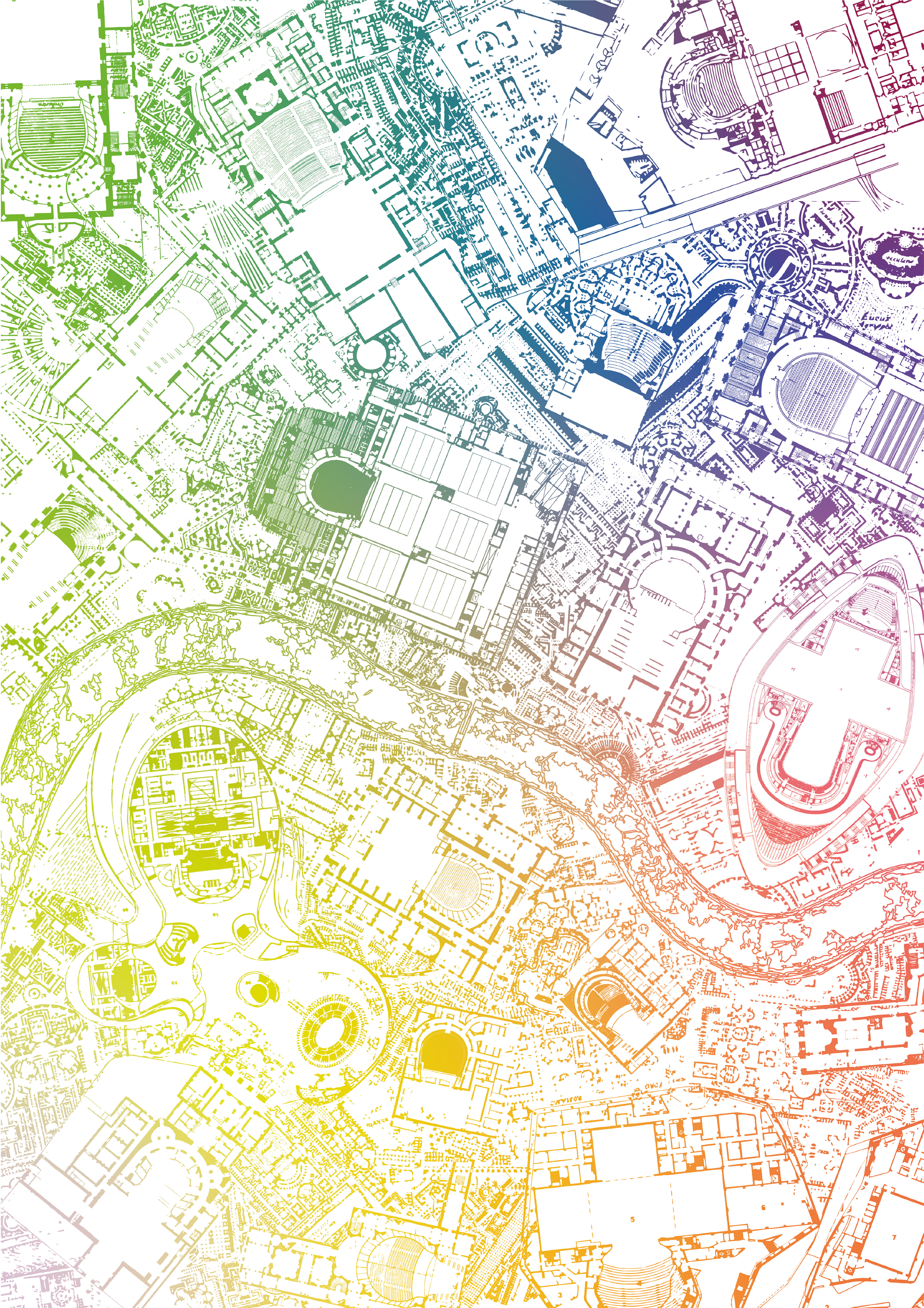
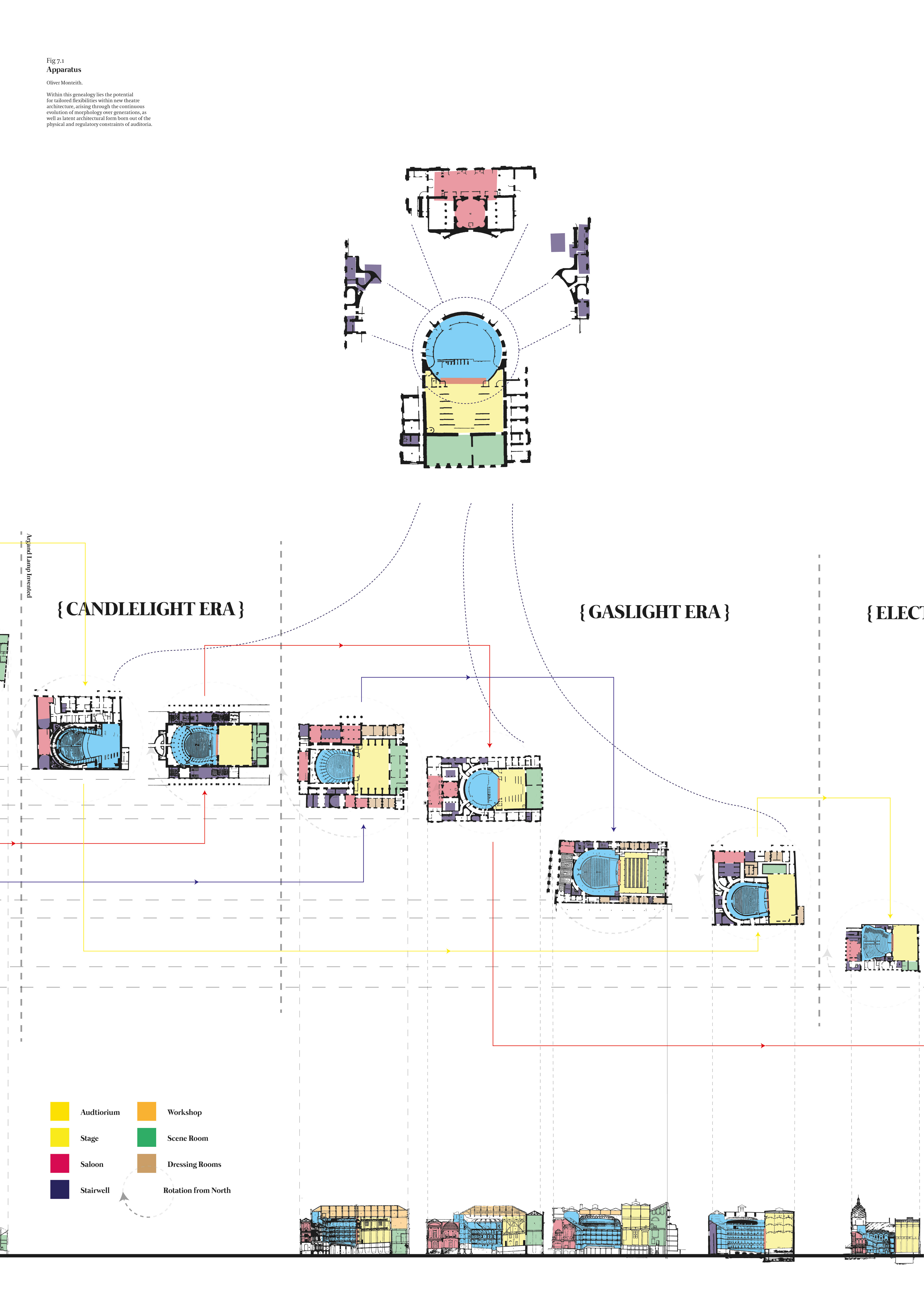
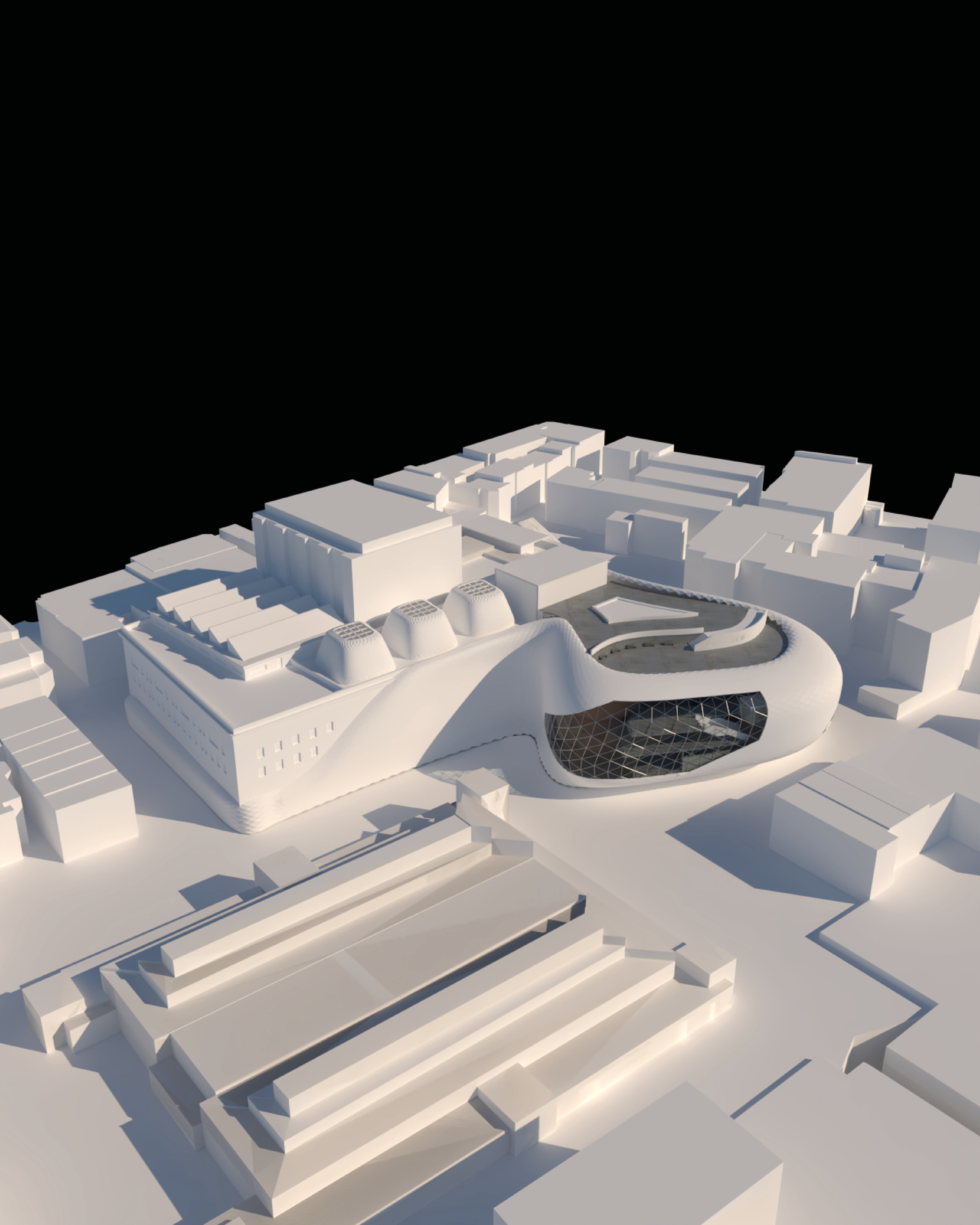



See below for a selection of development work from the project.
